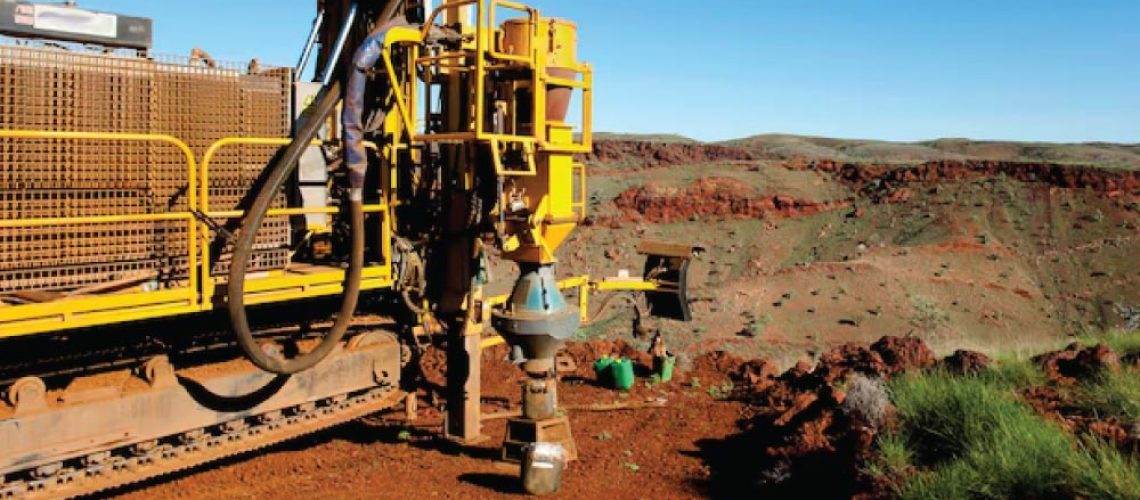In the construction and mining industries, selecting the appropriate drilling equipment is crucial to ensure operational efficiency and safety. This article provides an in-depth analysis of the factors to consider when choosing the best drilling equipment tailored to your specific needs.
Understanding Drilling Types and Their Applications
Before selecting equipment, it’s essential to comprehend the type of drilling to be performed. Common drilling methods include:
- Rotary Drilling: Suitable for soft rock formations and capable of reaching depths up to 5,000 meters.
- Top Hammer Drilling: Ideal for consolidated ground with small diameters up to 150 mm and shallow depths.
- Auger Drilling: Used for clay, clayey sand, and gravel, reaching depths of a few dozen meters.
Aligning Equipment with Geological Conditions
The geological conditions of your project site significantly influence the choice of drilling equipment. For instance, drilling in rocky terrains requires rigs equipped with air compressors, while sandy areas are better suited for mud rigs or hollow stem machines.
Considering Hole Depth and Diameter
The required depth and diameter of the borehole dictate the type and size of equipment needed. Deep hole drilling necessitates rigs capable of reaching significant depths without compromising stability and efficiency.
Choosing the Appropriate Power Source
Drilling equipment can be powered by diesel, electric, or hydraulic systems. The choice of power source should align with on-site availability and the equipment’s power requirements. For example, diesel-powered rigs offer high mobility and are suitable for remote locations.
Prioritizing Safety Features
Operator safety is paramount. Ensure that the equipment is equipped with safety features such as emergency stop systems, protective guards, and user-friendly control mechanisms. Additionally, providing operators with proper training is essential for safe equipment operation.
Evaluating Cost and Efficiency
While initial equipment costs are important, consider long-term operational and maintenance expenses. Investing in more expensive, efficient, and durable equipment can be more economical over time compared to cheaper alternatives with high maintenance costs.
Ensuring Tool Compatibility
Verify that the chosen equipment is compatible with existing tools and accessories. This compatibility ensures seamless operations and prevents downtime caused by equipment mismatches.
Selecting a Reputable Manufacturer
The manufacturer’s reputation reflects the quality of the equipment offered. Conduct thorough research on manufacturers, read customer reviews, and consider visiting their facilities if possible. Manufacturers with excellent after-sales service provide technical support and adequate spare parts availability.
Considering Equipment Mobility and Size
For projects requiring frequent equipment relocation, choose rigs that are easy to transport and set up. Some rigs are designed for high mobility, mounted on trucks or trailers, while others are better suited for stationary locations.
Selecting the right drilling equipment involves careful consideration of various factors, including drilling type, geological conditions, hole depth and diameter, power source, safety features, cost, tool compatibility, manufacturer reputation, and equipment mobility. By meticulously evaluating these aspects, you can ensure efficient, safe, and cost-effective drilling operations.



